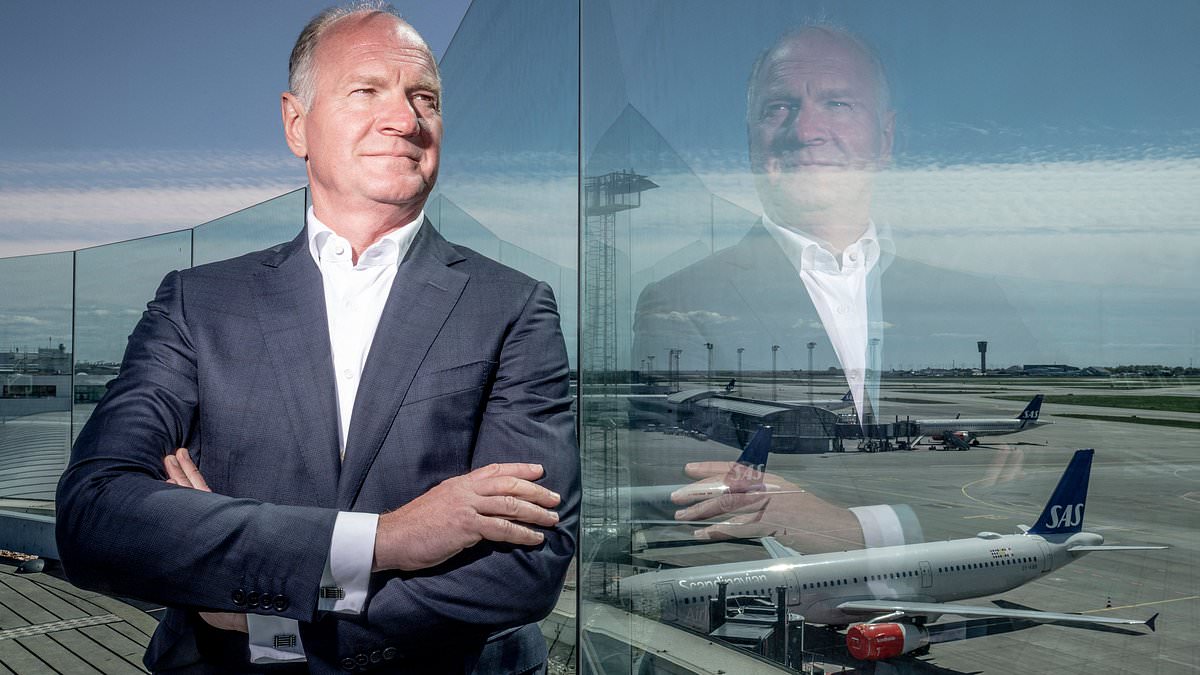Airport Closure: Heathrow Boss's "Well-Rested" Controversy Sparks Outrage
The recent closure of Heathrow Airport, causing widespread travel disruption and leaving thousands stranded, has ignited a firestorm of controversy. At the heart of the storm? John Holland-Kaye, Heathrow's CEO, who, in the midst of the chaos, was photographed appearing relaxed and seemingly "well-rested," sparking public outrage and intense media scrutiny. This article delves into the controversy, examining the public reaction, the CEO's defense, and the broader implications for airport management and passenger rights.
The Heathrow Airport Closure: A Timeline of Chaos
The closure, attributed to [insert specific reason for closure, e.g., a severe IT failure, a staff strike], resulted in [insert statistics on delays, cancellations, and affected passengers]. Images and videos quickly circulated online, showing long queues, frustrated travelers, and scenes of widespread disruption. This backdrop provided the perfect storm for the controversy surrounding Mr. Holland-Kaye to erupt.
The "Well-Rested" Photo and Public Backlash
A photograph emerged showing Mr. Holland-Kaye appearing calm and composed amidst the chaos. This image, shared widely on social media, fueled public anger. Many interpreted the CEO's apparent composure as insensitive and tone-deaf to the plight of the stranded passengers. The hashtag #HeathrowChaos quickly trended, with users expressing their frustration and demanding accountability.
- Social Media Outrage: Twitter and other platforms were flooded with comments criticizing Mr. Holland-Kaye's perceived lack of empathy.
- News Coverage: Major news outlets picked up the story, further amplifying public anger and demanding explanations from Heathrow Airport.
- Passenger Complaints: A surge in passenger complaints followed, highlighting the lack of communication, support, and overall management during the crisis.
Mr. Holland-Kaye's Response and the Debate on Accountability
Mr. Holland-Kaye issued a statement [insert a brief summary of his statement and any apologies offered]. However, his response was met with mixed reactions, with many feeling his explanation was insufficient. The debate now centers on corporate accountability during major disruptions and the expectations placed on CEOs in times of crisis.
The Bigger Picture: Airport Management and Passenger Rights
The Heathrow Airport closure controversy raises important questions about:
- Crisis Management: How effectively do airports prepare for and manage major disruptions?
- Communication Strategies: How can airports better communicate with passengers during crises?
- Passenger Rights: What rights do passengers have when faced with significant travel disruptions?
- CEO Accountability: What level of responsibility should CEOs bear during crises affecting their organizations?
Looking Ahead: Lessons Learned and Future Improvements
This incident serves as a stark reminder of the importance of robust crisis management plans and clear communication strategies in the aviation industry. Heathrow Airport, and other airports globally, must learn from this experience to better protect passengers' rights and improve the overall travel experience. Improved IT infrastructure, contingency planning, and proactive communication are crucial steps towards preventing similar disruptions in the future. The public deserves clear answers, and stronger regulations might be necessary to ensure accountability.
Further Reading:
- [Link to relevant news articles about the Heathrow closure]
- [Link to information on passenger rights]
- [Link to articles on airport crisis management]
Call to Action: Share your thoughts on the Heathrow Airport closure and the "well-rested" controversy in the comments below. What lessons should be learned from this incident?
